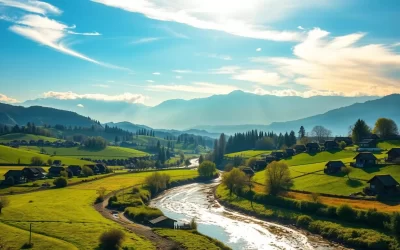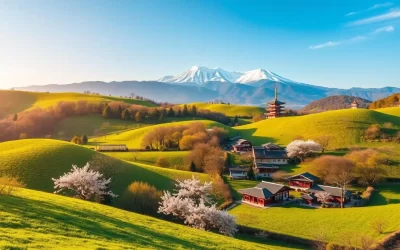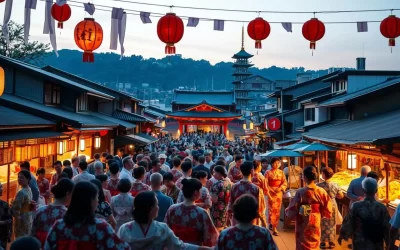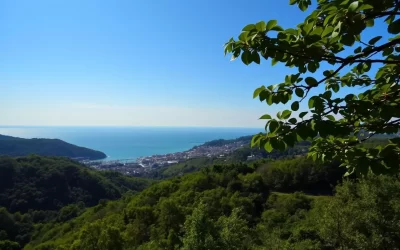Imagine a city steeped in tradition, where golden temples and vermillion shrines stand alongside serene Zen gardens and vibrant bamboo forests.
As the former imperial capital of Japan for over 1,000 years, Kyōto is a city that embodies the essence of traditional Japanese culture.
You’re about to uncover the secrets of this enchanting destination, from its most iconic landmarks to its hidden gems, and learn how to experience it all like a local.
Whether you’re planning your first visit or returning to explore more, get ready to create unforgettable memories in this extraordinary city.
Discovering the Cultural Heart of Japan
As you step into Kyoto, you’re immediately enveloped in a world where tradition and modernity blend seamlessly. The city’s rich cultural landscape is a result of its long history as Japan’s imperial capital.
Kyoto’s Rich Imperial History
For over 1,000 years, Kyoto served as the imperial capital of Japan, shaping its rich cultural heritage and preserving traditions that have disappeared elsewhere. You’ll discover how this history has influenced the city’s architecture, art, and way of life.
The city’s numerous temples and shrines, over 2,000 in total, are not just historical landmarks but living, breathing institutions where monks still live and work, performing daily ceremonies that connect visitors to ancient practices.
| Aspect | Description | Significance |
|---|---|---|
| Imperial History | Kyoto was Japan’s capital for over 1,000 years. | Shaped the city’s cultural landscape. |
| Temples and Shrines | Over 2,000 throughout the city. | Preserves ancient traditions and practices. |
| Cultural Blend | Mix of traditional and modern elements. | Creates a unique travel experience. |
What Makes Kyoto Special
Unlike larger cities like Tokyo or Osaka, Kyoto offers a more manageable scale with neighborhoods that feel like villages and beautiful green spaces throughout. You’ll experience the unique character of Kyoto’s temples, each offering something special—whether it’s a golden pavilion, a tranquil garden, a forest hike, or traditional vegetarian cuisine.
![]()
The city presents a fascinating blend of ancient and modern Japan, where traditional wooden machiya houses stand alongside contemporary buildings, creating a living museum of Japanese culture. When visiting Kyoto, you’ll find that it’s not just about seeing sights, but about experiencing the city’s vibrant culture and history.
- Discover Kyoto’s unique blend of traditional and modern culture.
- Explore the city’s rich imperial history and its significance.
- Experience the best things Kyoto has to offer, from temples to local cuisine.
How to Avoid the Crowds in Kyoto
The charm of Kyoto is best savored over several days, allowing for a more leisurely exploration. With the number of tourists visiting Japan increasing dramatically, from 6.2 million in 2011 to 25 million in 2023, popular destinations like Kyoto have seen a significant rise in crowd sizes. Spending at least four full days, or ideally a week, in Kyoto allows you to explore beyond the well-trodden paths and visit popular attractions during less busy times.
Best Times to Visit Popular Attractions
Timing is crucial when visiting Kyoto’s most popular sites. Arriving early in the morning or later in the evening can make a significant difference in avoiding the crowds that typically gather during the middle of the day. For instance, visiting Fushimi Inari Shrine before 7 am can transform your experience from overwhelming to serene.
Here’s a breakdown of the best times to visit some of Kyoto’s most popular attractions:
| Attraction | Best Time to Visit |
|---|---|
| Fushimi Inari Shrine | Early morning (before 7 am) |
| Kiyomizu-dera Temple | Early morning or late evening |
| Kinkaku-ji Temple | Early morning or late afternoon |
Staying Near Major Sights
Choosing to stay in areas like Southern Higashiyama, which includes Gion, positions you perfectly to avoid the crowds. You’ll be able to visit popular sites early in the morning, take a break during the busy afternoons, and return in the evenings without the hassle of long commutes.
![]()
The Early Bird Advantage
Being an early riser in Kyoto can be incredibly rewarding. By arriving at popular temples like Fushimi Inari and Kiyomizu-dera before 7 am, you can avoid the massive tour groups that arrive later in the day, making your visit more enjoyable and peaceful.
Exploring Off-Peak Seasons
Visiting Kyoto during off-peak seasons, such as late November, early December, January, or February, can significantly enhance your experience. While these periods may be cooler, the reduction in tourist numbers means you can appreciate Kyoto’s beauty without the crowds, making it a more authentic visit.
Fushimi Inari Shrine: The Iconic Torii Gates
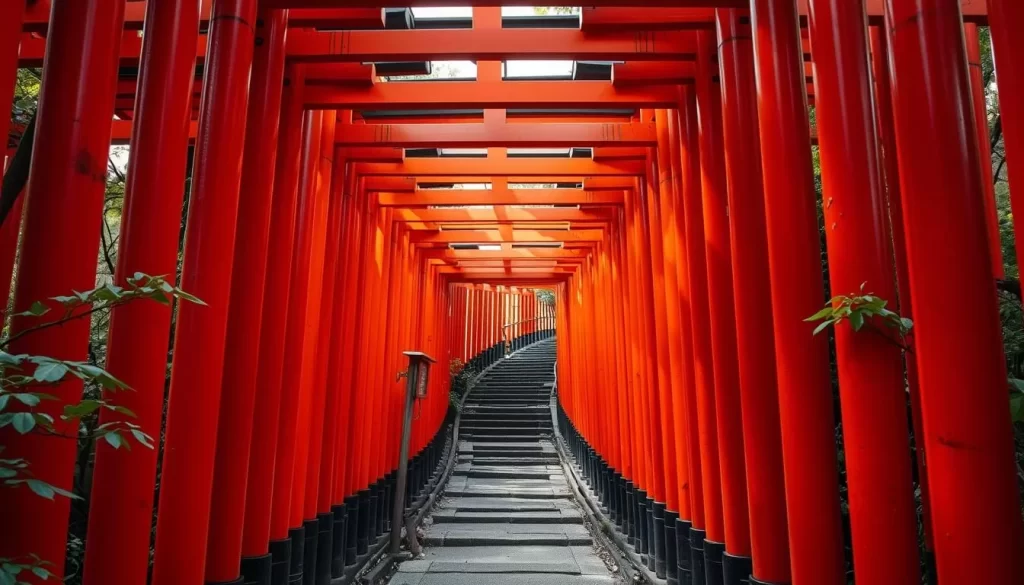
As you step into the iconic Fushimi Inari Shrine, you’ll be greeted by a surreal landscape of thousands of vermilion torii gates that seem to stretch endlessly up the mountain. This breathtaking sight is a hallmark of Kyoto’s cultural heritage, making Fushimi Inari a must-visit destination for any traveler.
Hiking Through Thousands of Torii Gates
The experience at Fushimi Inari is as much about the hike as it is about the destination. The trail, which is approximately 5 kilometers or 3.1 miles long, takes you on a winding path through the forest, with the vibrant red torii gates creating a tunnel effect around you. As you hike, you’ll pass numerous small shrines and stone fox statues, adding to the mystique of the place.
The hike can be challenging, with steep sections, but the scenery and the tranquility that comes with ascending higher make it well worth the effort. Most visitors take about an hour and a half to complete the loop, but you can easily spend two or three hours exploring the area, taking in the views, and capturing the perfect photographs.
Best Times to Visit and Photography Tips
To make the most of your visit to Fushimi Inari, timing is crucial. The shrine is open 24 hours, allowing you to visit at sunrise (around 6 am) or after dark when the crowds have thinned out. Visiting during these times not only provides a more peaceful experience but also offers unique photography opportunities, with the soft morning light or the dramatic effect of the gates lit up at night.
For the best photographs, consider using a wide-angle lens to capture the vastness of the torii gates, and don’t be afraid to experiment with different angles and perspectives to add creativity to your shots.
The Significance of Fox Statues
Throughout the Fushimi Inari complex, you’ll notice numerous stone fox statues. These statues are not merely decorative; they hold significant cultural and religious meaning. The fox is considered the messenger of Inari, the Shinto god of rice, to whom the shrine is dedicated. The presence of these statues underscores the shrine’s importance in Shinto religious practices and its connection to the agricultural cycles.
Kiyomizu-dera Temple: Views and Traditions
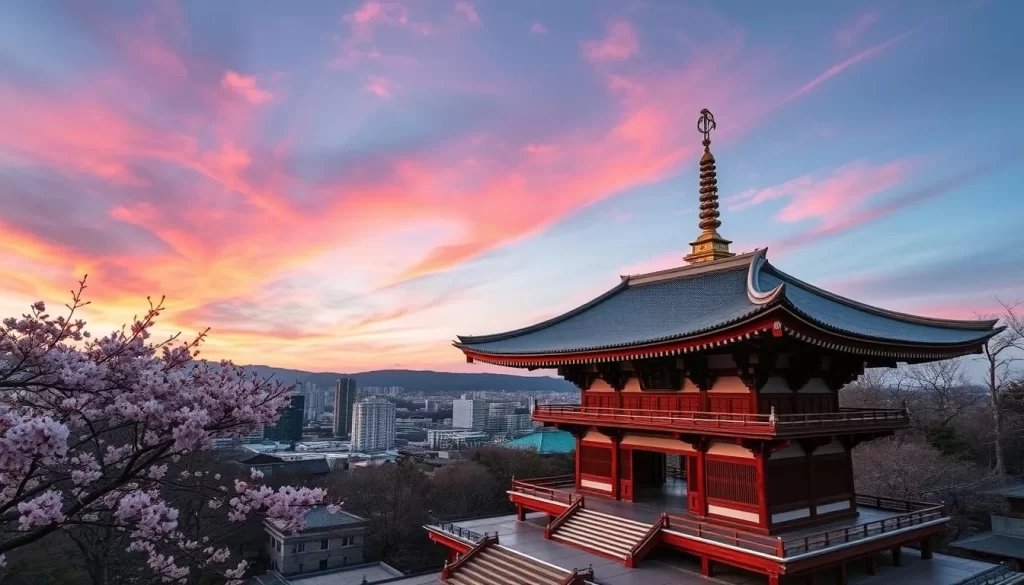
As you step into Kiyomizu-dera Temple, you’re immersed in a world of tradition and natural beauty. This UNESCO World Heritage Site is renowned for its stunning architecture and historical significance.
The Famous Wooden Stage and City Views
The main hall of Kiyomizu-dera boasts an impressive wooden stage that juts out over the valley below, offering breathtaking panoramic views of Kyoto. Notably, this structure is built without using a single nail, showcasing the ingenuity of ancient Japanese craftsmanship. During autumn, the view is particularly spectacular as the maples turn brilliant shades of yellow, orange, and red.
Otowa Waterfall and Its Wishes
At the base of the main hall lies the Otowa Waterfall, a sacred site where visitors can drink from three separate streams using ladles. Each stream is believed to grant a different wish: longevity, good luck in love, or success in school. It’s considered greedy to drink from all three streams, so visitors typically choose one or two.
Exploring the Temple Complex
Beyond the main hall, the Kiyomizu-dera Temple complex offers much to explore, including a three-story pagoda and the Jishu Shrine, dedicated to love and matchmaking. The surrounding area is also dotted with peaceful forested paths, inviting visitors to wander and reflect. As you explore, you’ll discover that Kiyomizu-dera is not just a temple, but an experience that embodies the spirit of Kyoto.
The streets leading up to the temple are lined with traditional wooden houses, now hosting shops selling local crafts, sweets, and souvenirs, adding to the overall experience of visiting this iconic site. To fully appreciate the beauty and tranquility of Kiyomizu-dera, it’s advisable to arrive early, before the crowds gather.
Gion and Higashiyama: Walking Through Historic Kyoto

Wandering through Gion and Higashiyama feels like stepping into a different era, with their preserved streets and traditional architecture. These historic districts are a maze of narrow, paved streets and traditional wooden buildings, offering a glimpse into Kyoto’s rich cultural heritage.
Preserved Streets and Traditional Architecture
The Higashiyama District is renowned for its perfectly preserved wooden machiya houses, traditional teahouses, and picturesque stone streets. As you explore this area, you’ll feel as though you’ve been transported back in time. The district is best visited in the early morning or evening when the atmospheric lighting creates a magical ambiance and the crowds are thinner.
You’ll discover that the traditional architecture in Higashiyama is characterized by its wooden houses, with many buildings maintaining their original structures. This preservation of traditional architecture is a significant part of Kyoto’s cultural identity.
Geisha Spotting in Gion
Gion is a small neighborhood within the Higashiyama District, famous for its teahouses and traditional Japanese culture. If you stroll through Gion’s narrow lanes in the evening, you might spot a geiko (Kyoto’s geisha) or maiko (apprentice geisha) hurrying to an appointment. It’s essential to be respectful and maintain a distance if you see them.
The opportunity to see these traditional performers adds a unique layer to your visit, making Gion a fascinating place to explore.
Yasaka Shrine and Maruyama Park
One of the highlights of visiting Higashiyama is stopping by Yasaka Shrine, known for its striking vermillion gates and lanterns. The shrine serves as the entrance to Maruyama Park, which becomes one of Kyoto’s most popular cherry blossom viewing spots in April. The park’s centerpiece is a large weeping cherry tree that is lit up at night, creating a breathtaking spectacle.
Visiting Yasaka Shrine and Maruyama Park offers a chance to experience some of the most beautiful and popular aspects of Kyoto’s cultural and natural heritage.
The Golden Pavilion: Kinkaku-ji Temple

Located in northern Kyoto, Kinkaku-ji Temple is a breathtaking example of Japanese architecture. This Zen temple, famous for its golden facade, is one of the one best things to do in Kyoto. The temple complex attracts huge numbers of tourists and photographers, all drawn to its stunning beauty.
History of the Shimmering Golden Temple
The history of Kinkaku-ji Temple, also known as the Golden Pavilion, is as fascinating as its appearance. Originally built in 1397 as a retirement villa for Shogun Ashikaga Yoshimitsu, it was later converted into a Zen temple after his death. The current structure, which dates back to 1955, is a reconstruction following a tragic incident in 1950 when a young monk set fire to the original building. Despite its turbulent past, Kinkaku-ji remains an iconic symbol of Kyoto.
The temple’s top two floors are covered in pure gold leaf, creating a dazzling effect, especially when reflected in the surrounding pond. This Kinkaku-ji Temple is a masterpiece of Japanese architecture and a must-visit attraction in northern Kyoto.
Exploring the Surrounding Gardens
The gardens surrounding Kinkaku-ji Temple are meticulously designed, following traditional Japanese principles. The strolling garden features stones and islands that represent Buddhist paradise, creating a serene atmosphere for visitors. As you explore the gardens, you’ll appreciate the harmony between nature and architecture that this Zen temple embodies.
Photography Tips and Best Viewing Spots
For photographers, Kinkaku-ji Temple offers numerous opportunities to capture stunning images. The prime spot for photography is directly across the Kyoko-chi Pond, where you can take a perfect shot of the golden pavilion reflecting in the water. To avoid the crowds, consider visiting early in the morning or just before closing time. This will not only give you a more peaceful experience but also allow you to capture the temple in a serene atmosphere.
The Silver Pavilion: Ginkaku-ji Temple
![]()
You’ll find the Silver Pavilion, or Ginkaku-ji Temple, nestled in a peaceful corner of Kyoto, inviting you to explore its understated yet captivating charm. This Zen temple is renowned for its beautiful gardens and tranquil atmosphere, making it one of the city’s most beloved sites.
The Zen Temple and Its Gardens
Ginkaku-ji Temple is a masterpiece of Japanese garden design, where every element is carefully crafted to promote a sense of calm and contemplation. As you stroll through the temple grounds, you’ll discover that the gardens are not just visually stunning but also deeply rooted in Zen philosophy. The temple’s main hall, while simple in design, is surrounded by beautifully manicured trees and gardens that change with the seasons, offering a unique experience throughout the year.
The Sea of Silver Sand and Mount Fuji Cone
One of the temple’s most striking features is the “Sea of Silver Sand,” a large, raked sand garden that includes a conical mound representing Mount Fuji. This iconic garden is not just a feast for the eyes but also a place for contemplation and meditation. As you walk along the moss-lined paths that wind through the garden, you’ll be treated to beautiful views of the temple complex and the surrounding landscape.
The Silver Pavilion, despite its name, was never actually covered in silver leaf. One theory is that it was intended to be covered in silver, but the plans were never realized due to the death of Shogun Ashikaga Yoshimasa in 1490. Today, Ginkaku-ji stands as one best examples of a Zen temple that embodies the principles of wabi-sabi, or the beauty of imperfection.
Located at the end of the famous Philosopher’s Path, Ginkaku-ji Temple is easily combined with a stroll along this picturesque canal, making it a perfect addition to your Kyoto itinerary.
The Philosopher’s Path: A Contemplative Stroll
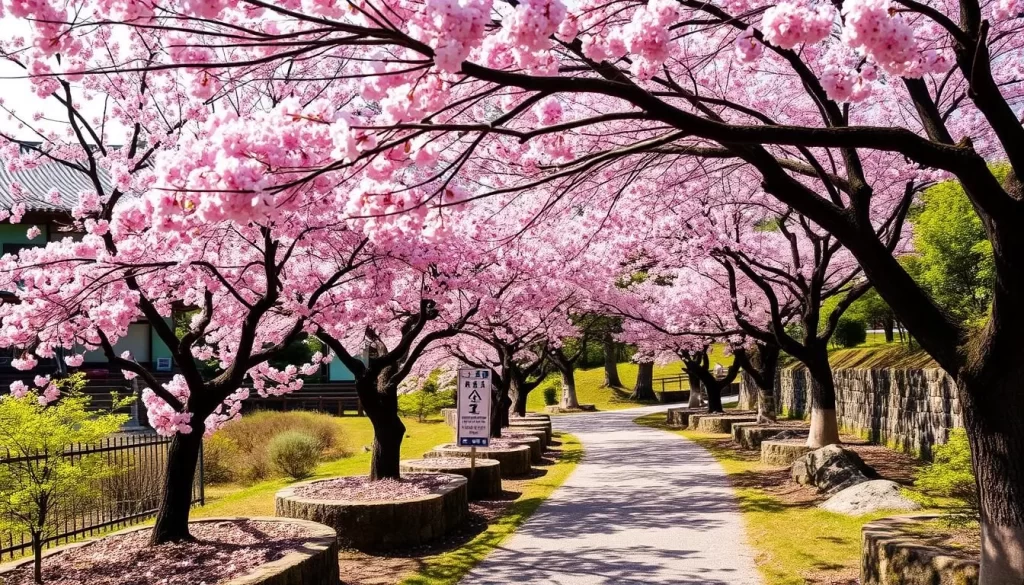
As you stroll along the Philosopher’s Path, you’ll discover the essence of Kyoto’s natural beauty and cultural heritage. This 2km stone path follows a canal lined with hundreds of cherry trees, creating a serene atmosphere perfect for contemplation.
Walking Along the Canal
The Philosopher’s Path is named after the famous Japanese philosopher Nishida Kitaro, who used this route for his daily meditation walks. As you walk, you’ll pass by several quieter temples, including Honen-in, offering tranquil breaks along your journey. The path is particularly famous for its cherry blossoms in early April, when the trees create a tunnel of pink blooms.
Seasonal Beauty: Cherry Blossoms and Autumn Leaves
The path is at its most spectacular during cherry blossom season, but it also offers beautiful scenery in autumn with red and gold foliage. Whether you’re looking for a peaceful walk or a great spot for photography, the Philosopher’s Path is one of the best things to do in Kyoto. When you visit Kyoto, make sure to include this serene walk in your itinerary, as it showcases the city’s ability to balance nature and culture, making it a highlight of things Kyoto has to offer.
The route connects two major temples—Nanzen-ji and Ginkaku-ji—providing a rich cultural experience. The changing character of the path throughout the day, from misty mornings to golden afternoons, offers different perspectives and moods for photographers and nature lovers alike.
Arashiyama: Bamboo Groves and Mountain Views
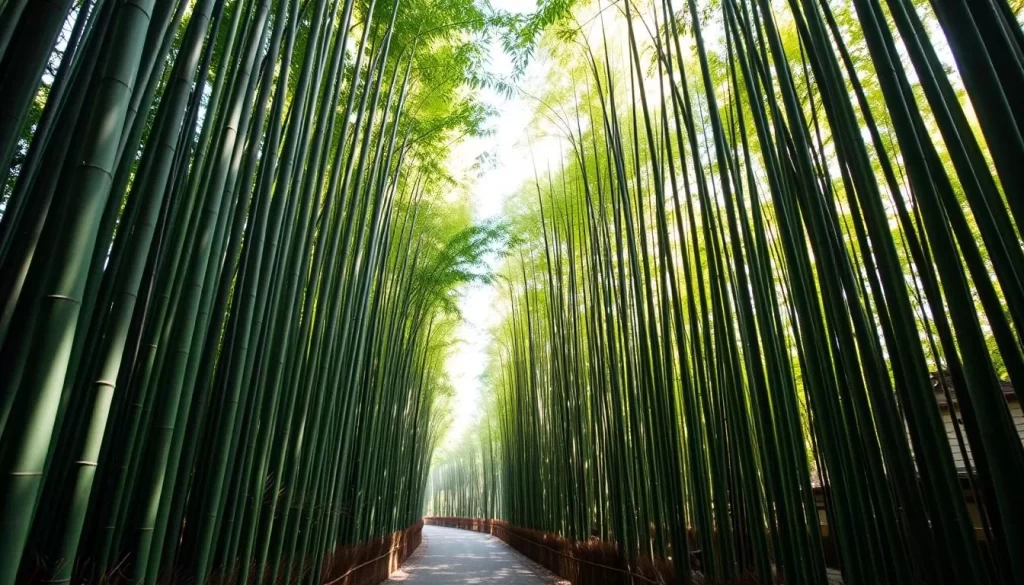
Imagine walking through a tranquil forest of giant bamboo stalks in Kyoto’s Arashiyama district. The Arashiyama Bamboo Grove is a breathtaking destination that draws visitors worldwide, offering a unique and serene experience. As you stroll along the pathway, the tall bamboo stalks create a natural canopy, filtering the sunlight and casting dappled shadows on the ground.
The grove can get crowded, especially around mid-morning, so it’s advisable to visit early in the morning to experience the peaceful atmosphere that makes this forest famous. By arriving at the grove by 7-8 am, you can enjoy the serene surroundings without the crowds.
The Famous Bamboo Forest Experience
The Arashiyama Bamboo Grove is a must-visit attraction in Kyoto, known for its stunning natural beauty. As you walk through the grove, you’ll be surrounded by towering bamboo stalks that create a sense of tranquility. The pathway is relatively short, about 500 meters long, but you can spend as much time as you like taking in the serene atmosphere and capturing photos.
Tips for Visiting: Arrive early to avoid the crowds, and consider visiting during the week if possible. Wear comfortable shoes, as you’ll likely want to explore the surrounding area as well.
Tenryu-ji Temple and Its Gardens
Tenryu-ji Temple is a Zen temple located in Arashiyama, famous for its beautiful gardens and tranquil pond. The temple’s garden is a masterpiece of Japanese landscaping, with carefully placed stones, trees, and water features creating a serene and contemplative atmosphere.
As you explore the temple grounds, you’ll have the opportunity to see the beautiful gardens up close and enjoy the peaceful surroundings. Be sure to check out the temple’s pond, which is home to a variety of fish and other aquatic life.
Monkey Park Iwatayama
For a unique experience in Arashiyama, visit Monkey Park Iwatayama, where you can see over 120 Japanese macaque monkeys in their natural habitat. The park is located on a hillside, and you’ll have the opportunity to hike up to the top for panoramic views of Kyoto.
The monkeys are fascinating to watch, and you’ll have the chance to see them up close as they roam freely in the park. Be sure to bring your camera to capture the memorable moments.
Kyōto City, Japan: Best Things to Do – Top Picks for Temple Enthusiasts
Temple enthusiasts visiting Kyoto will discover a plethora of sacred sites that showcase the city’s historical and spiritual depth. Kyoto is renowned for its temples, each offering a unique glimpse into the city’s rich cultural heritage and spiritual practices.
Nanzen-ji Temple Complex
Nanzen-ji, a large Zen temple complex located at one end of the Philosopher’s Path, is well worth a visit. The expansive grounds are free to explore, featuring the impressive Sanmon entrance gate and a historic brick aqueduct. Visitors can also pay to enter sub-temples like Tenjuan, which boasts serene rock and pond gardens.
Key Highlights of Nanzen-ji:
- Massive Sanmon gate and unique brick aqueduct
- Peaceful grounds ideal for a retreat
- Exquisite gardens in sub-temples like Tenjuan
| Temple | Notable Features | Admission |
|---|---|---|
| Nanzen-ji | Sanmon gate, brick aqueduct | Free (grounds), Paid (sub-temples) |
| Tenjuan | Rock garden, pond garden | Paid |
Kodai-ji Temple and Its Zen Gardens
Kodai-ji Temple, situated in the Higashiyama district, is a serene Zen Buddhist temple that dates back to 1606. Visitors can stroll through its beautiful rock garden, visit the tea houses and mausoleum, and enjoy a peaceful walk through the bamboo grove.
The temple’s tranquil atmosphere makes it an ideal spot for contemplation and relaxation.
Features of Kodai-ji Temple:
- Serene rock garden and bamboo grove
- Historic tea houses and mausoleum
- A peaceful alternative to more crowded sites

Lesser-Known Temples Worth Visiting
Beyond the famous sites, Kyoto is home to numerous lesser-known temples that offer unique experiences. Temples like Honen-in, with its moss-covered gates, and Shoren-in, with its nighttime illuminations, provide visitors with a chance to experience the authentic spiritual essence of Kyoto.
These temples not only offer a respite from the crowds but also a deeper connection to Kyoto’s spiritual heritage.
Nijo Castle: Shogun History and Architecture
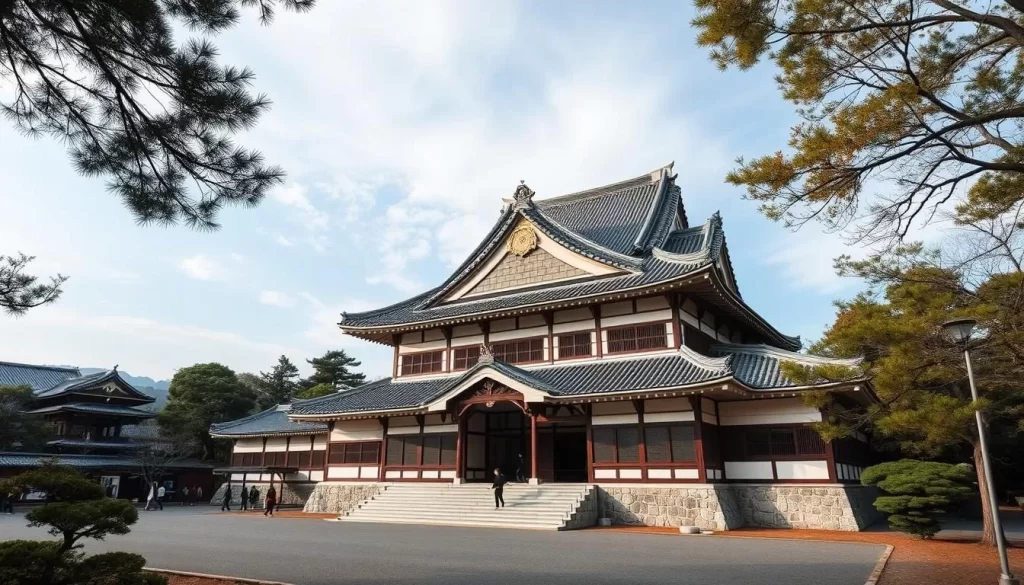
Step into the world of samurai and shoguns at Nijo Castle, Kyoto’s hidden gem. Located in the heart of downtown Kyoto, Nijo Castle is a testament to Japan’s rich feudal history. Built in 1603 as the residence of Tokugawa Ieyasu, the first shogun of the Tokugawa shogunate, this castle is a must-visit UNESCO World Heritage Site.
Nijo Castle is more than just a historical landmark; it’s an immersive experience into Japan’s past. As you stroll through its gardens and explore the castle’s architecture, you’ll gain insight into the life and times of the shoguns who once ruled Japan. The castle’s significance extends beyond its architecture to its role in Japanese history, particularly the transfer of power from the shogunate back to the emperor in 1868.
Walking Through Ninomaru Palace
As you walk through Ninomaru Palace, you’ll be struck by the grandeur of its architecture and the ingenuity of its design. The palace features “nightingale floors” that squeak when walked upon, an ingenious security system designed to alert residents to intruders. The interior decorations, including gold leaf and elaborate paintings, demonstrate the shogun’s power and wealth.
The palace’s main hall is a masterpiece of Japanese architecture, with large, open rooms and tatami mats covering the floors. The screens are painted with dragons, Japanese maples, and evergreen trees, creating an atmosphere that transports you back in time.
The Nightingale Floors and Garden Design
The “nightingale floors” in Ninomaru Palace are not just a fascinating piece of history; they are also a testament to the ingenuity of Japanese craftsmanship. The castle’s gardens, designed by the renowned landscape architect Kobori Enshu, showcase classic Japanese garden principles with seasonal beauty throughout the year.
As you explore Nijo Castle, you’ll appreciate its status as one of Japan’s world heritage sites, a recognition of its cultural and historical significance. Whether you’re a history buff, an architecture enthusiast, or simply looking for a unique experience, Nijo Castle is a must-visit destination in Kyoto.
Cultural Experiences in Kyoto
Visitors to Kyoto can enjoy a variety of cultural experiences, from traditional tea ceremonies to samurai training sessions. These activities not only provide a deeper understanding of Japanese culture but also offer a unique perspective on the city’s rich heritage.
Traditional Tea Ceremony
A traditional tea ceremony is one of the best things to do in Kyoto, offering a serene and culturally enriching experience. In this ceremony, the preparation and presentation of matcha, or powdered green tea, are performed with precise movements, creating a tranquil atmosphere. You will sit on tatami mats while your host carries out the ceremonial preparation, allowing you to appreciate the art and significance of this ancient tradition.
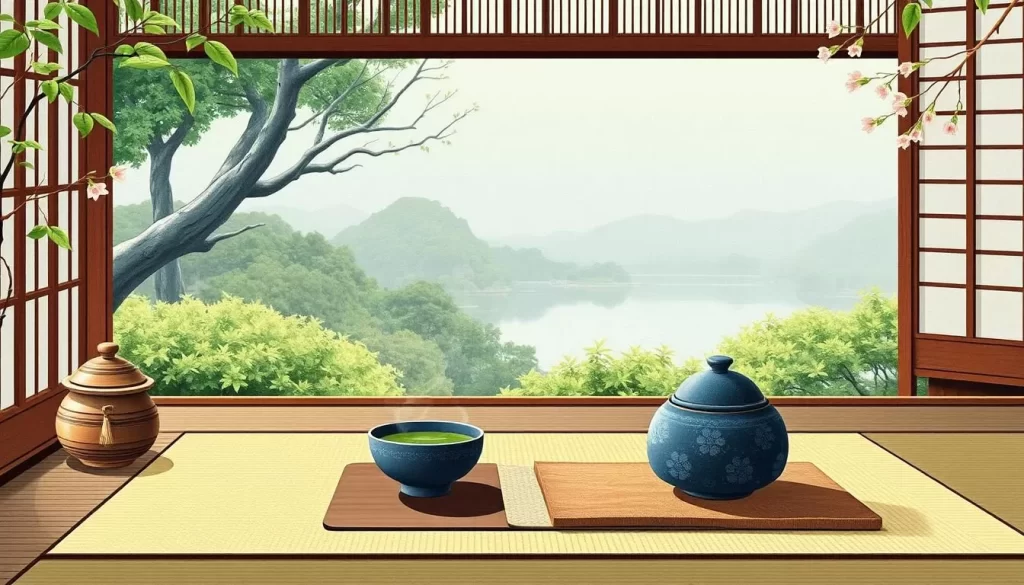
Kimono Rental and Photography
Renting a kimono for the day is another fantastic way to immerse yourself in Kyoto’s cultural heritage. Not only does it provide great photo opportunities, but it also allows you to experience the city’s historic streets in traditional Japanese attire. Many visitors enjoy walking through Kyoto’s preserved districts, such as Gion, while dressed in a kimono, creating lasting memories of their time in the city.
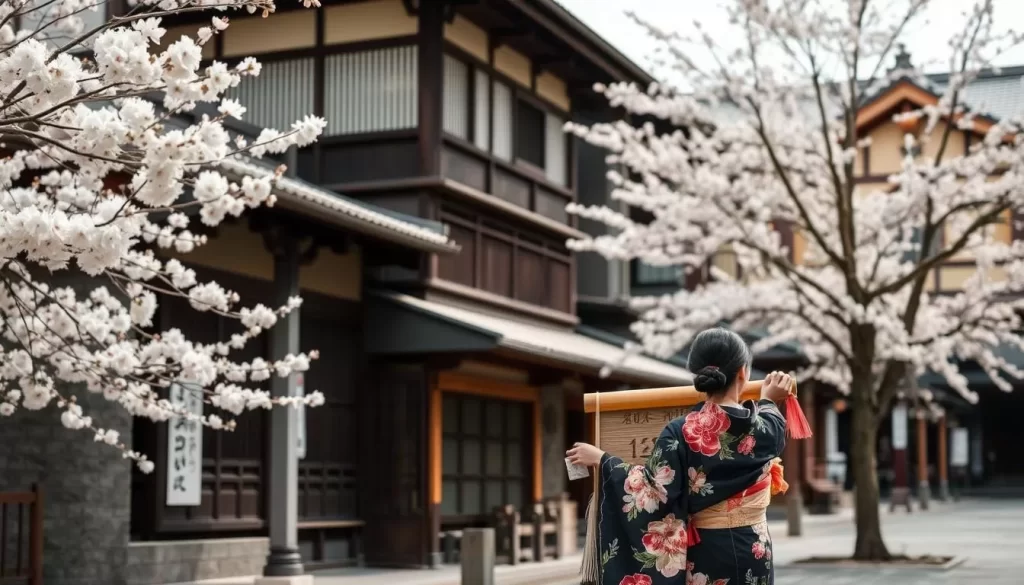
Samurai and Ninja Experiences
For those interested in Kyoto’s martial history, samurai and ninja experiences offer a unique insight into the training and techniques of these iconic warriors. You can participate in hands-on sword techniques or stealth movement classes, gaining a deeper appreciation for the skills and discipline required to be a samurai or ninja. These activities provide an engaging and active way to explore Kyoto’s cultural landscape.
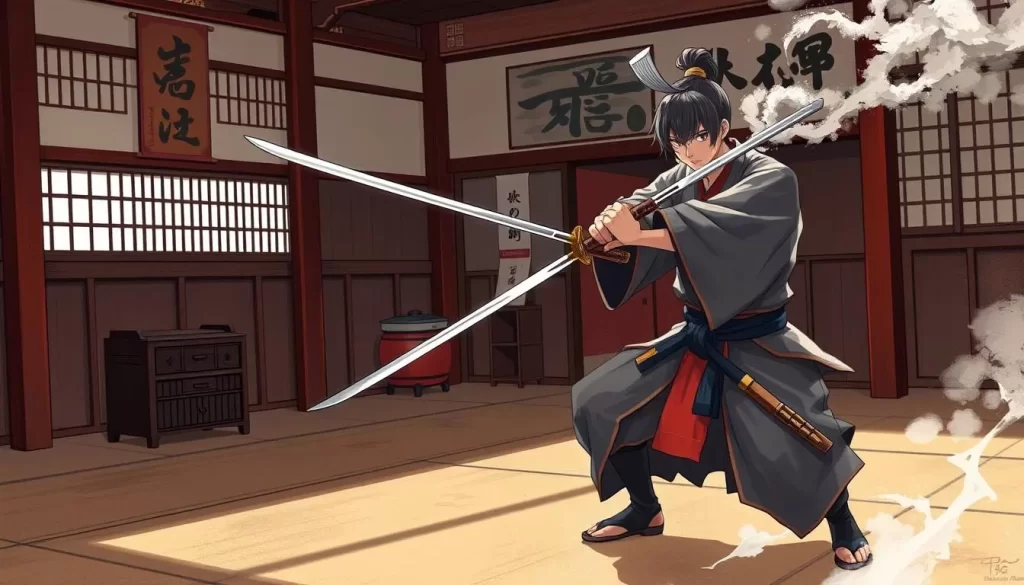
These cultural activities, among others, make Kyoto a fascinating destination, offering something for every interest and preference. Whether you’re interested in traditional ceremonies, historical attire, or martial arts, Kyoto’s cultural experiences are sure to leave a lasting impression.
Foodie Adventures in Kyoto
Embark on a gastronomic adventure in Kyoto, where ancient flavors meet modern twists. Kyoto’s culinary scene is a reflection of its rich cultural heritage, offering a diverse array of traditional dishes and unique dining experiences.
Nishiki Market: Kyoto’s Kitchen
Nishiki Market, often referred to as “Kyoto’s Kitchen,” is a must-visit destination for any food enthusiast. This 400-year-old covered shopping street is lined with over 100 stalls selling everything from fresh seafood to pickled vegetables. As you stroll through the market, you’ll be delighted by the sensory experience and have numerous opportunities to sample Kyoto specialties like yuba (tofu skin), tsukemono (pickled vegetables), and wagashi (traditional sweets).
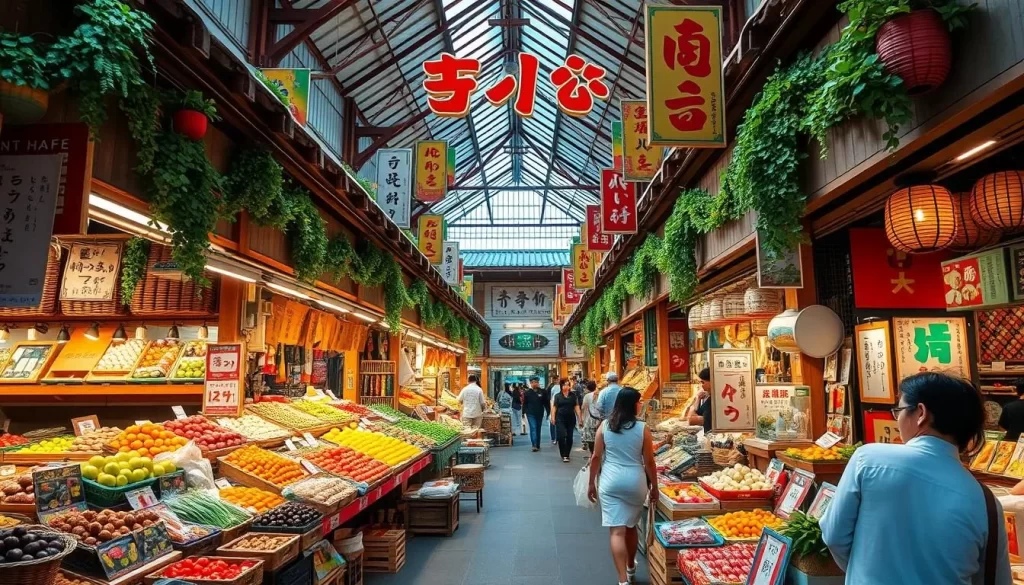
Pontocho Alley: Dining with River Views
Pontocho Alley is another culinary gem in Kyoto, offering a unique dining experience with its narrow pedestrian lane and restaurants featuring outdoor terraces that overlook the Kamogawa River. During the summer months, dining here is particularly enchanting. You’ll find a variety of Japanese cuisine, from sushi to other local specialties, making it one of the best things to do in Kyoto.
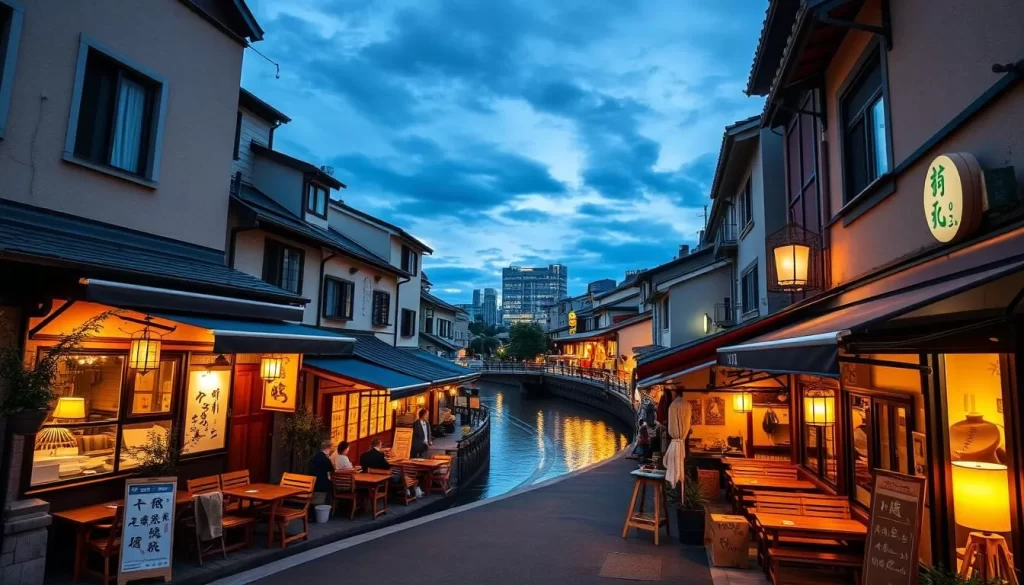
Must-Try Kyoto Specialties
Kyoto’s cuisine, known as Kyo-ryori, is renowned for its refined dishes developed to please imperial palates. Be sure to try yudofu (hot tofu), matcha-flavored sweets, and if you’re adventurous, funazushi (fermented sushi), which represents one of Japan’s oldest food traditions. Enjoying these local specialties is one of the best things Kyoto has to offer, and a great way to experience the local culture.
Don’t forget to sip on green tea, a staple in Kyoto, which pairs perfectly with many of the local delicacies.
Seasonal Highlights in Kyoto
Kyoto is a city that celebrates the beauty of every season, with each one bringing its unique attractions and experiences. You’ll witness Kyoto transform dramatically with the seasons, from spring’s cherry blossoms to summer’s lush greenery, autumn’s fiery maples, and winter’s occasional dusting of snow.
Cherry Blossom Season: Top Viewing Spots
Cherry blossom season, typically from late March to early April, turns Kyoto into a pink wonderland. Top viewing spots include Maruyama Park, the Philosopher’s Path, and along the Kamogawa River. These locations offer breathtaking views and are a must-visit during the cherry blossoms season.
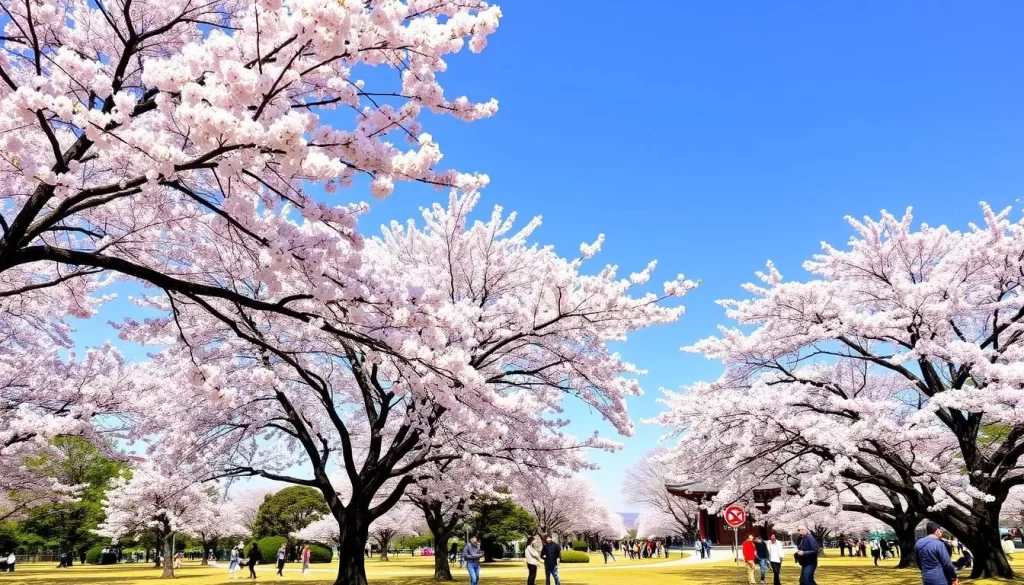
Autumn Foliage: Where to See the Colors
Autumn foliage in Kyoto is equally spectacular, with the best viewing times usually from mid-November to early December. Temples like Eikando, Tofuku-ji, and Arashiyama’s Togetsukyo Bridge offer stunning displays of red, orange, and gold. Eikando Temple, known for its vibrant autumn colors, is a highlight of the season.
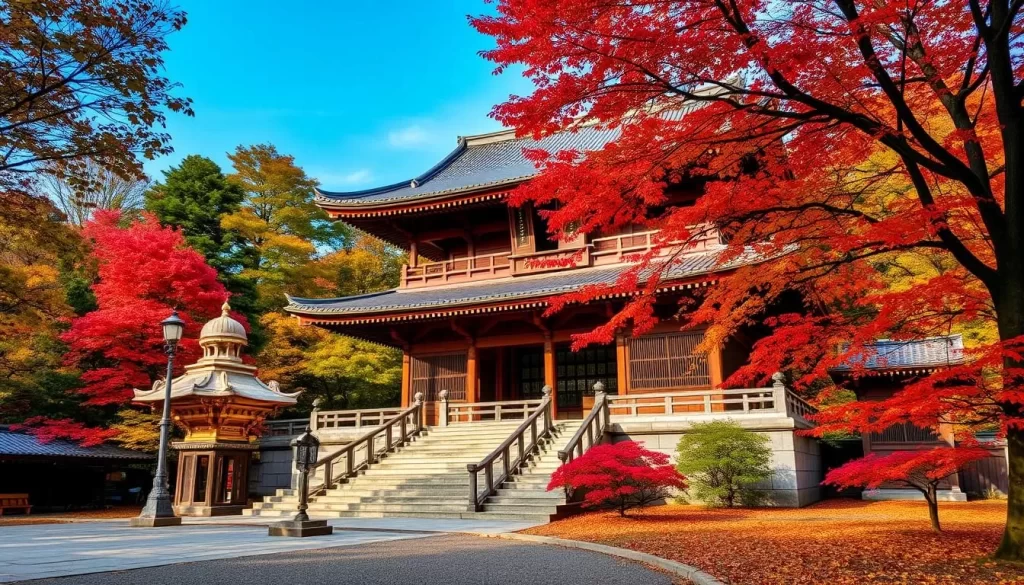
Festivals and Special Events Throughout the Year
Kyoto hosts various traditional festivals throughout the year, including July’s Gion Matsuri, one of Japan’s most famous festivals, Aoi Matsuri in May, and Jidai Matsuri in October. These events showcase Kyoto’s rich cultural heritage and are a great way to experience the city’s vibrant culture.
Whether you’re visiting in spring, summer, autumn, or winter, Kyoto has something unique to offer. From the beauty of cherry blossoms and autumn foliage to the excitement of traditional festivals, Kyoto is a city that will captivate you with its best things to see and do throughout the year.
Day Trips from Kyoto
If you’re looking to venture beyond Kyoto, you’ll find several captivating destinations within easy reach by train. The surrounding region is rich in history, culture, and natural beauty, making it an ideal place to explore.
Nara: Ancient Temples and Friendly Deer
Nara, Japan’s first permanent capital, is a must-visit destination for history buffs and nature lovers alike. Just 45 minutes from Kyoto on the JR Nara line, you can feed the famous bowing deer and visit Todai-ji Temple, home to Japan’s largest bronze Buddha statue.
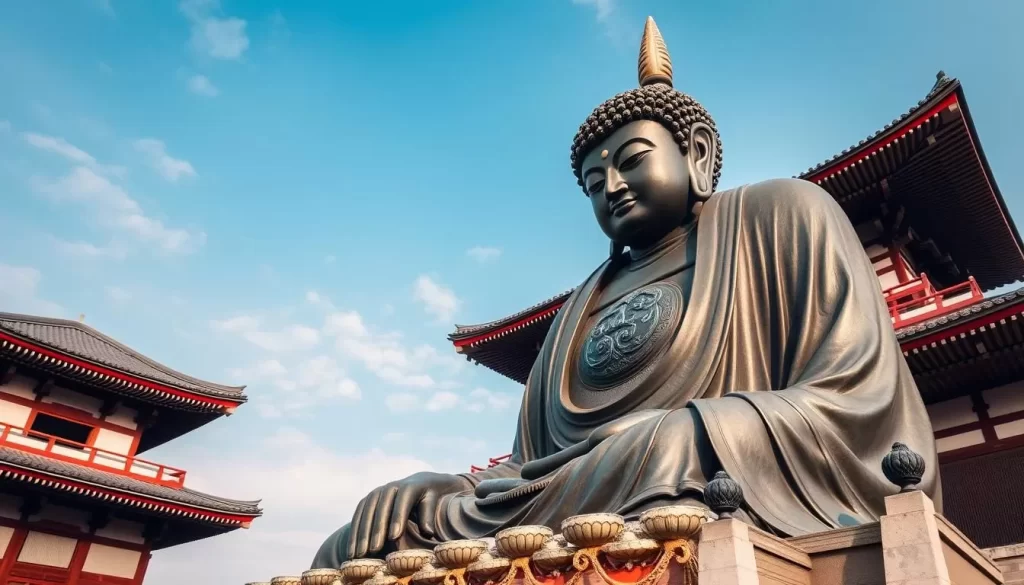
Osaka: Modern Japan Just a Train Ride Away
For a taste of modern Japan, head to Osaka, a vibrant city that’s only 30 minutes away from Kyoto. Enjoy street food in Dotonbori, visit Osaka Castle, and experience the contrast between traditional Kyoto and modern Osaka.
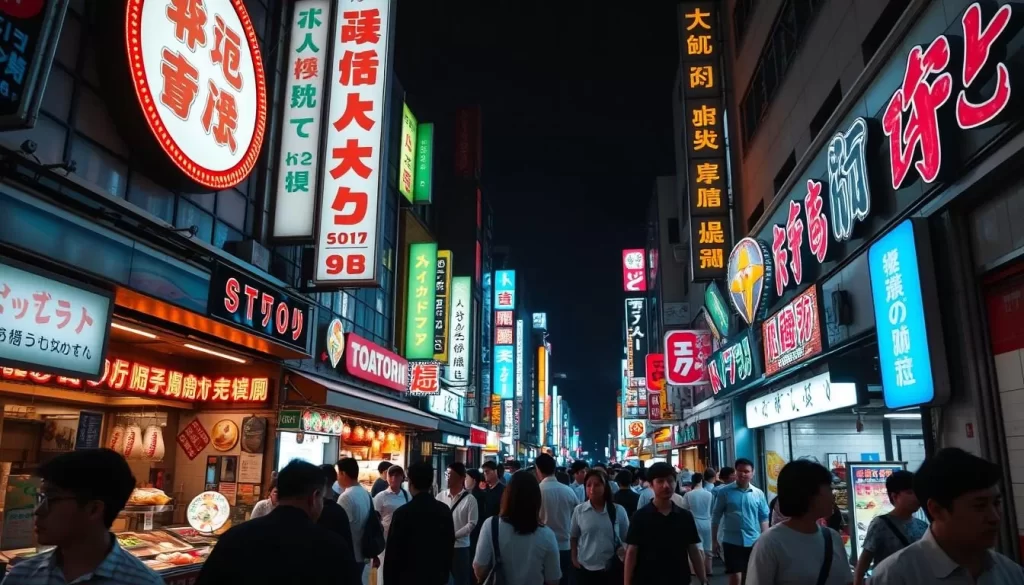
Hiroshima and Miyajima: History and Beauty
More ambitious day-trippers can reach Hiroshima in just over two hours by Shinkansen. Visit the Hiroshima Peace Memorial Museum, the Cenotaph, and the Atomic Bomb Dome to pay respects to the city’s history. You can also add a visit to nearby Miyajima Island to see its famous floating torii gate.
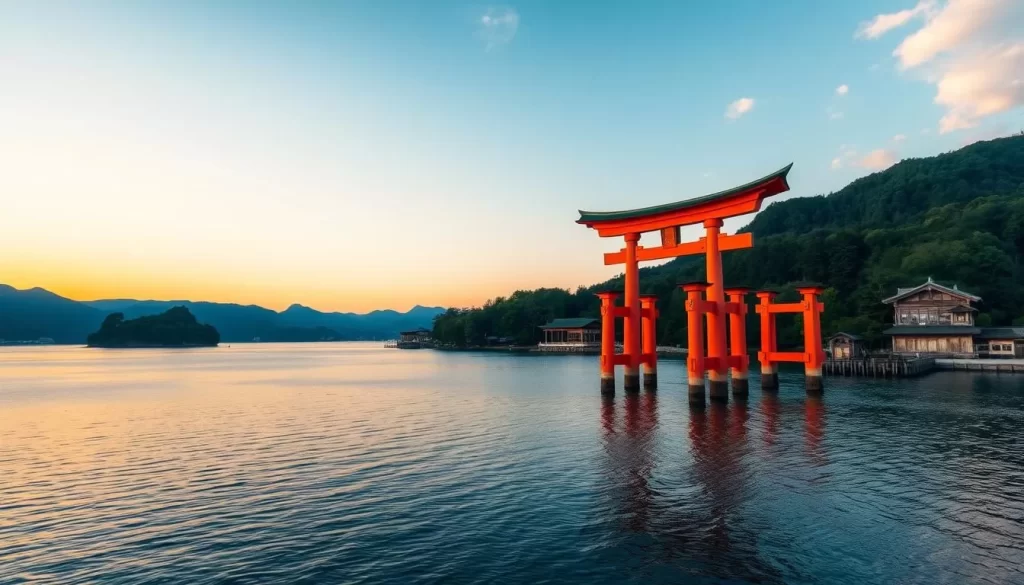
Other notable day trip destinations from Kyoto include Himeji Castle, a UNESCO World Heritage site and Japan’s most spectacular feudal castle, which can be reached in just an hour.
Conclusion: Creating Unforgettable Memories in Kyoto
As you wander through Kyoto, you’ll find that the city’s magic is revealed in the quiet moments, away from the crowds. To truly experience Kyoto, it’s essential to strike a balance between visiting famous sites and allowing time for spontaneous discoveries and quiet reflection.
The city’s best things are often found in the subtle details: the sound of temple bells, the aroma of incense, or the perfect framing of a garden view. Whether you’re sipping matcha green tea in a traditional teahouse, watching the sunset from a temple veranda, or strolling along the Kamo River at dusk, Kyoto offers countless moments of beauty when visiting Kyoto.
By exploring Kyoto at a leisurely pace, you’ll create meaningful memories and gain a deeper appreciation for Japanese aesthetics and culture. With its rich heritage and breathtaking landscapes, Kyoto is a destination that will leave you with unforgettable experiences and a newfound appreciation for the art of finding harmony between tradition and modernity.
The above is subject to change.
Check back often to TRAVEL.COM for the latest travel tips and deals.
Here are some Tours & Sightseeing suggestions that might pique your interests!


